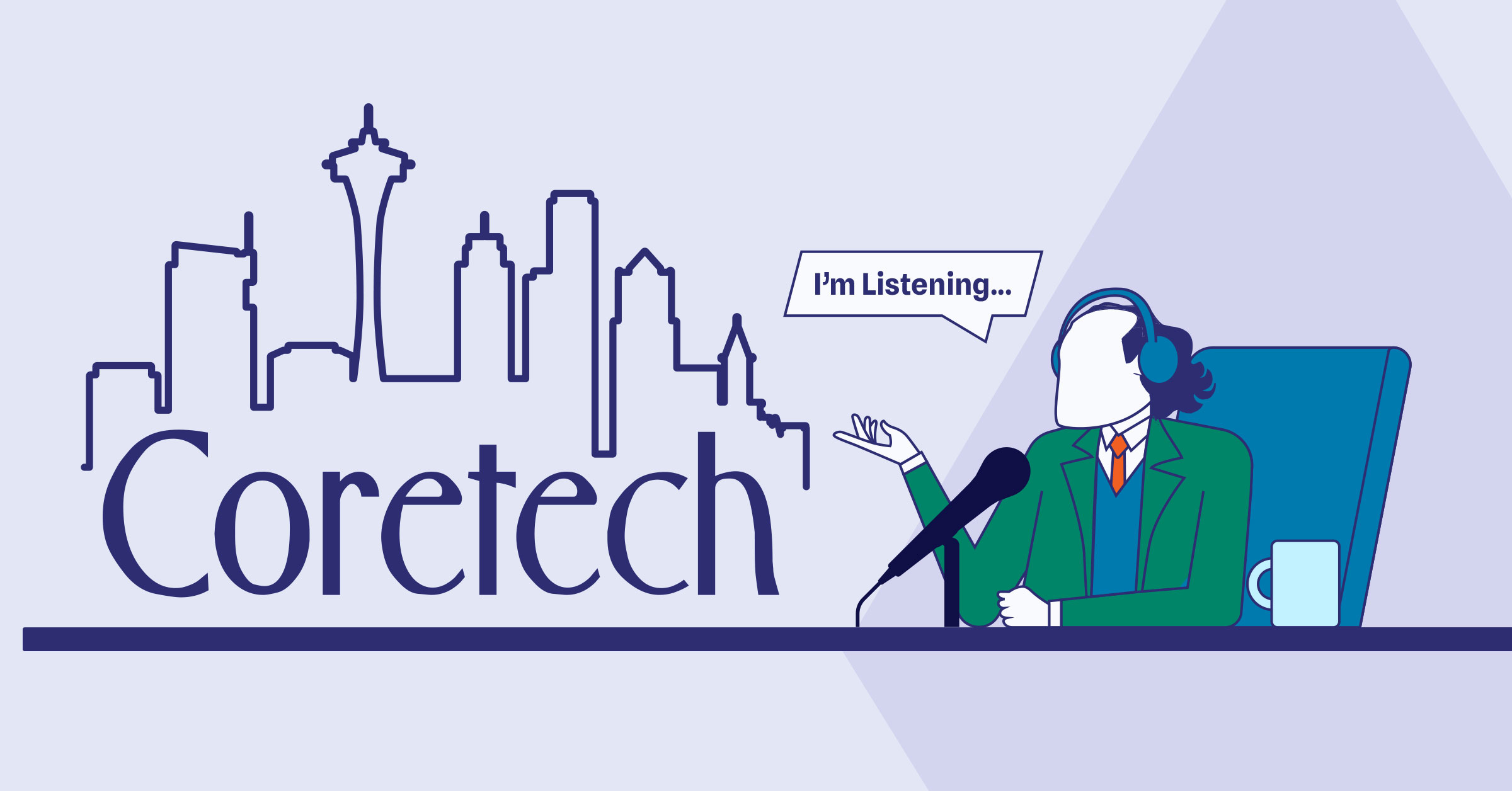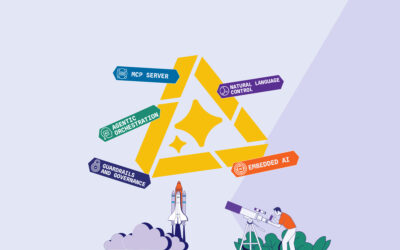It’s official: one of TV’s most-awarded shows is coming back after almost 20 years. And while it might technically not have anything to do with insurance, we can’t help but see some incredible connections between the life of Frasier Crane and the evolution of insurance technology.
1. Outgrowing a Legacy
In the backdrop of the “Cheers” bar, Frasier Crane was a bit of an eccentric character compared to everyone else, but that didn’t matter to viewers. It didn’t take long for “Frasier” — even though it was a spin-off — to outgrow its predecessor’s legacy. Both shows have certainly earned their place in TV history with over 11 seasons each, but “Frasier” ultimately took home more awards.
As insurers adapt to today’s technology, they’ll increase their longevity and popularity if they’re not afraid to break away from the status quo. Leaving “legacy” technology behind might be uncomfortable for a bit, but the growth it enables is truly transformative in all the best possible ways. (Just ask our customers.)
2. Setting New Standards
Even though “Frasier” started as a spin-off, it grew into its own and became a gold standard for smart, sophisticated situational comedy on television.
Likewise, truly modern insurance coretech isn’t about just slightly updating something that’s been successful in the past, nor is it about adding a non-integrated digital layer on top of legacy systems. It’s about setting new standards the market will crave. Efficiency, customer experience, and adaptability are the names of the game now, and insurers that embrace these objectives will see it pay off in spades.
3. Balancing Nostalgia with Progress
The storyline of “Frasier” was happy to give nods to and incorporate Frasier Crane’s plot line from “Cheers” (and fun cameos!), but it didn’t rely on them like a crutch. Fresh characters and storylines were introduced, letting the show take on a unique identity of its own.
Similarly, insurers can hang onto the “nostalgia” of the great work they do by providing much-needed financial protection to their customers. However, they can take it to the next level with modern, updated technology that empowers them to do so much more.
4. Appealing to the World Around Us
In the TV world, many spin-offs fail because they only appeal to already-existing fans of the original show — and there’s always a subset of those original fans who aren’t keen on the new spin-off. (Think “Joey” vs “Friends.”)
While “Frasier” still appealed to “Cheers” fans, it also brought in a new audience that hadn’t necessarily watched the original show. Likewise, the revived version of “Frasier” that’s about to air will likely appeal to audiences who were too young to enjoy the older seasons. Frasier’s son Freddy, for example, is now all grown up with a roommate, Eve. They’re both likely dealing with challenges faced by today’s younger generations, no doubt with some comedic outcomes to draw in younger viewers.
Likewise, modern legacy core systems are like the less-successful spinoffs of legacy technology. They do what the old systems did, but without considering the appeal to and opportunity of a wider audience.
Coretech like EIS, on the other hand, can help insurers meet the needs of a generation that wants instant, seamless interactions, AI-driven insights, and multi-channel experiences.
5. Ready for Future Challenges
One of the things that kept “Frasier” going strong for 11 seasons (and likely why it was tapped for a reboot) was the evolving characters and plot line. The individual character stories were real-life and close to home so people could relate to them, and even though comedic relief was everywhere, the characters kept showing their willingness to move forward and adapt to changing circumstances.
In the world of insurance, we’ve seen that future-proof coretech, likewise, isn’t going to be static. It’s designed to evolve, adapt, and face upcoming challenges in the industry — whether or not they’re things we can predict. Having a strong technological foundation with in-built agility and scalability is what’ll create longevity for insurance companies who want to stick around and be competitive.
‘Cheers’ to the Past — Now Let’s Embrace the Future
There’s nothing wrong with being proud of your heritage and drawing on it. Insurance has been an unsung hero of society long before any of us were around. But clinging to the wrong parts of a legacy and refusing to adapt could be disastrous. (Like with so many spinoffs that have been unsuccessful.)
“Frasier,” on the other hand, can teach us a lot about moving on and aiming higher. Just as the show grew beyond “Cheers” to make its own mark, insurance companies can do the same by integrating the right technology into their business processes. Their strong, reliable legacy is still there, but it’s now adapted to the times, and as a result, more popular than ever.
If you’d like to talk over some ideas about keeping your company’s strong insurance legacy while adapting to a modern customer base, book a call with one of our digital transformation strategists right here.
We’re listening.




